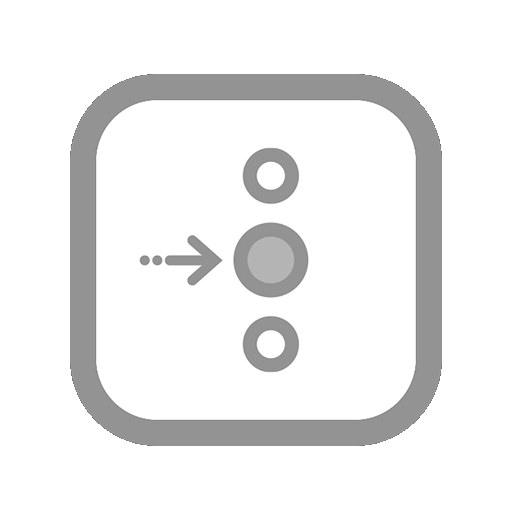- Wash hands.
- Reduces transmission of microorganisms.
- Organize equipment.
- Organizing equipment before beginning procedure enhances efficiency and patient safety.
- Explain procedure to patient.
- Ensures that patient is informed, and decreases patient anxiety.
- Prepare humidifier: Add distilled water if needed or remove prefilled humidifier from package and screw enclosed spike cap to bottle.
- Delivers humidified oxygen to mucous membranes of airway.
- Connect humidifier to flow meter, and connect humidifier to tubing attached to cannula.
- Controls flow of oxygen and connects humidification to oxygen delivery system.
- Turn oxygen flowmeter on until bubbling is noted in humidifier.
- Ensures connections are intact and that oxygen delivered will be humidified.
- Check order.
- Adjust flow of oxygen via flowmeter.
- Regulates oxygen flow delivery.
- Put on gloves.
- Reduces transmission of microorganisms.
- Place tips of cannula in patient's nares; fit tubing over ears, tighten tubing under chin, and adjust to proper fit.
- Ensures proper fit of nasal cannula.
- Position patient for comfort and ease of breathing with head of bed elevated.
- Facilitates lung expansion for adequate gas exchange.
- Evaluate patient's respirations and oxygen saturation.
- Determines adequacy of oxygen delivery system for patient.
Simple Face Mask, Partial Rebreather Mask, Nonrebreather Mask, Venturi Mask 
- Wash hands.
- Reduces transmission of microorganisms.
- Organize equipment.
- Organizing equipment before beginning procedure enhances efficiency and patient safety.
- Explain procedure to patient.
- Ensures that patient is informed and decreases patient anxiety.
- Prepare humidifier: Add distilled water if needed or remove prefilled humidifier from package and screw enclosed spike cap to bottle.
- Delivers humidified oxygen to mucous membranes of airway.
- Connect humidifier to flowmeter, and then connect humidifier to mask tubing.
- Controls flow of oxygen and connects humidification to oxygen delivery system.
- Turn oxygen flow meter on until bubbling is noted in humidifier.
- Ensures connections are intact and that oxygen delivered will be humidified.
- Adjust flow of oxygen via flowmeter (with Venturi mask, attach oxygen percentage regulator to oxygen mask and regulate flow as indicated).
- Regulates oxygen flow delivery.
- Put on gloves.
- Reduces transmission of microorganisms.
- Place mask over nose, mouth, and chin; adjust metal strip over bridge of nose to fit securely; and pull elastic band around back of head and tighten to fit.
- Ensures proper fit of mask.
- Position patient for comfort and ease of breathing with head of bed elevated.
- Facilitates lung expansion for adequate gas exchange.
- Evaluate patient's respirations and oxygen saturation.
- Determines adequacy of oxygen-delivery system for patient.